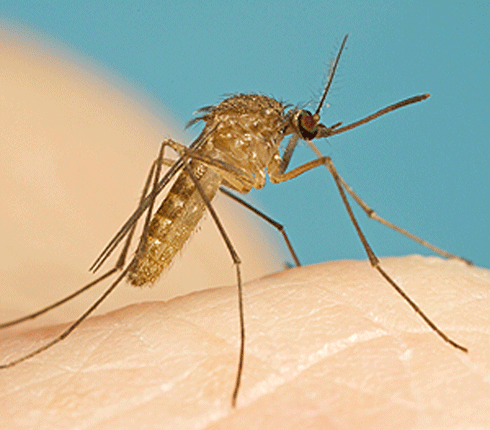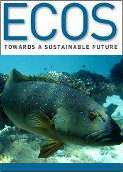
|
Published: 25 June 2012
Underground mozzie postpones its blood feast
Researchers have discovered that an introduced species of mosquito commonly found in Australia is adapted to life underground and caution that water storage design must take this into account.

|
|
The Culex molestus mosquito Credit:
Stephen Doggett, University of Sydney
|
The Culex molestus mosquito is thought to have been introduced into southern Australia in the 1940s, hitching a ride into the country with travelling American military personnel. Since then, the mosquito has been found in all states except Queensland and the Northern Territory.
Where exactly Culex molestus came from before arriving in Australia is still a mystery but it is well known in cities in the USA and Europe. The mosquito infamously made a meal of Londoners sleeping in the Underground during the Blitz and is often commonly referred to as the London Underground Mosquito.
Researchers studying Culex molestus have discovered that rather than breeding in ponds, pools or wetlands, it has adapted to life underground, particularly in septic tanks and disused stormwater pipes.
‘We have spent the last two years chasing the species, which has adapted superbly to life beneath our cities,’ says study team leader Dr Cameron Webb of the University of Sydney.
‘Finding this mosquito isn’t easy. Instead of wandering through pristine wetlands, we were snooping around stormwater drains and other polluted structures.’
‘However, the toilet blocks in urban parklands were where we really struck gold. The disused septic tanks associated with these structures are where this mosquito is commonly found.’
Unlike the majority of pest mosquitoes, Culex molestus can develop their eggs without first requiring a blood meal.
The female uses nutrients stored earlier in its life cycle to develop and lay the eggs.
This phenomenon is known as autogeny and has been documented in a number of mosquitoes.
‘The breakthrough with our study is that if this mosquito is offered a blood meal, it won’t bite until its first batch of eggs has been laid. We believe this is the only species found in Australia to exhibit this behaviour,’ says Dr Webb.
‘Once that first batch of eggs has been laid, they are on the hunt for blood and can be severe nuisance-biting pests.’
It is difficult to know why the mosquito ignores the offer of blood but given the absence of suitable animals to feed on in underground tanks and pipes, this biological adaptation ensures the mosquito can exclusively exploit these habitats not just during the summer but throughout the year.
‘Ensuring water storage structures are screened or designed to limit the opportunities for mosquito access is crucial. Perhaps more importantly, when assessing the risks of mosquito-borne disease, these underground habitats shouldn’t be ignored,’ says Dr Webb.
More information
Read the original study in the Journal of Vector Ecology.



